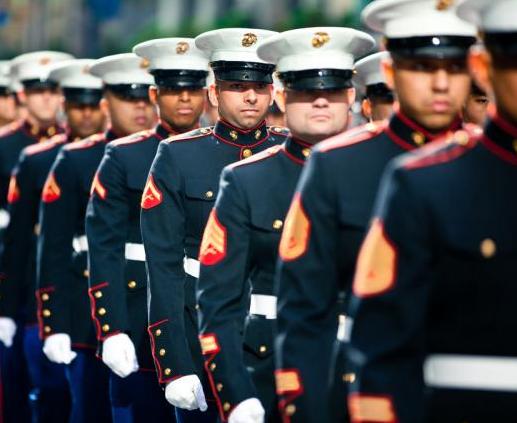President Franklin D. Roosevelt was on to something when he signed the Servicemen’s Readjustment Act into law in 1944. Nicknamed the G. I. Bill, veterans were finally being recognized for their sacrifices to our country. In addition, and because military pay isn’t exactly generous, the Act offered some benefits in an attempt to increase compensation for veterans’ service. However, while this law, and others that followed, did bridge the gap of inequities and soften some of the losses when comparing military pay to civilian pay, our veterans still need and deserve further assistance.
A U.S. cabinet department that provides patient care, veterans’ benefits, and other services to veterans of the U.S. armed forces and their families. Commonly referred to as “the VA,” the organization also provides this group with disability compensation for those who are injured or contracted a disease while serving, education and training, medical, surgical, and rehabilitative care, readjustment counseling, bereavement counseling, surviving spouse benefits, care and benefits to homeless veterans, medical research, life insurance, vocational rehabilitation, headstones/burial markers, and home loan assistance.


The Veteran’s Administration (the VA) is a U.S. cabinet department that oversees benefits and other services for U. S. armed forces veterans and their families. Veterans are entitled to such things as medical benefits, education and training, and rehabilitative care, surviving spouse benefits are also available. Since its inception, the VA has helped hundreds of thousands of veterans.
However, realizing the gratitude we all owe our veterans, company leaders like Bobby Kotick have developed assistance programs to supplement those available from the Veteran’s Administration. Although passionate, and definitely compassionate, sympathy and charity aren’t the missions of assistance programs. Veterans bring valuable assets to the workplace, such as commitment, integrity, trust, and a strong work ethic. They’ve also learned valuable job skills during the course of their duty, but need support to hone those skills for the current job market. Part of the support such programs offer is making potential employers aware of the value veterans bring to any workplace. Not everyone knows or has an understanding of military life or how best to approach veterans’ support once they are discharged. Including former military leaders on their boards is proof to potential employees of the transparency under which the philanthropic corporations operate.
By setting up non-profit benefit corporations, philanthropic organizations have the ability to provide companies with funds for growth and innovation if they meet the eligibility requirements to place veterans in company openings for which they are qualified. But hiring veterans isn’t a hardship for them. Convincing companies they are hiring the best qualified personnel by hiring a veteran is one goal for these non-profit support corporations.
Despite the work of these philanthropic companies and the VA, it’s estimated there are more than 700,000 unemployed veterans. Without men and women willing to put their personal lives on hold to serve in our military branches, every one of our futures would be bleary. Companies don’t sacrifice when they hire veterans. They’re investing in solid, competent employees and the future of our country.
You must be logged in to post a comment.